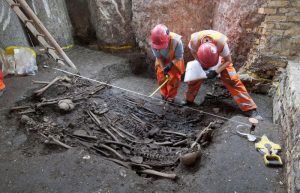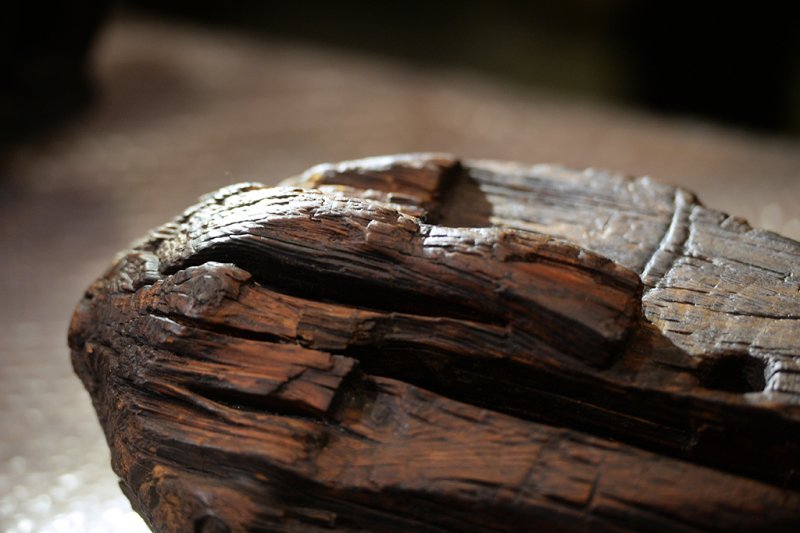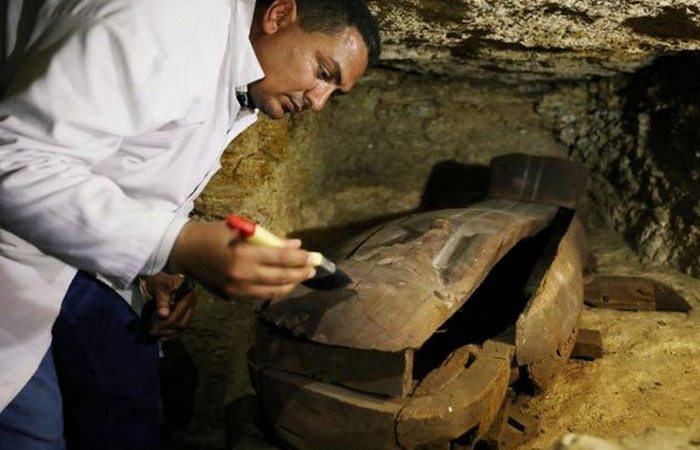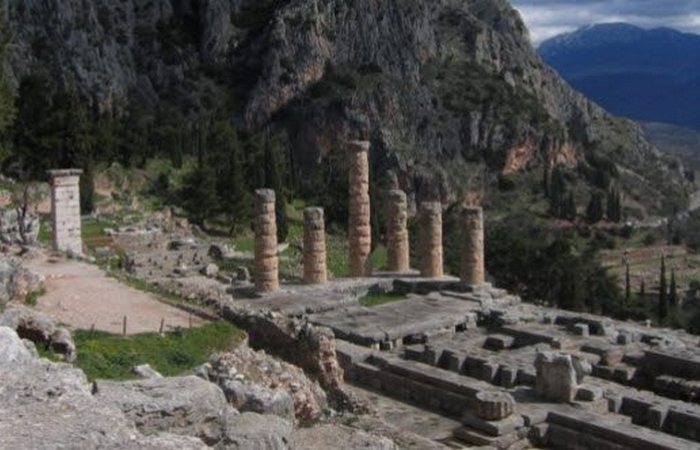8 ancient cemeteries, which were found in our time on construction sites
 The bones of people who lived in the old days are often right under the feet of unsuspecting city dwellers, and their graves have long been forgotten. Such old burials are sometimes found again when they build subways, buildings or other structures.
The bones of people who lived in the old days are often right under the feet of unsuspecting city dwellers, and their graves have long been forgotten. Such old burials are sometimes found again when they build subways, buildings or other structures.
1. The barracks of the army of Emperor Hadrian
Italy
During the construction of the metro in Rome, a lot of rarities were found, from a house of the II century, decorated with mosaics and frescoes, to 2300-year-old aqueduct. The station of San Giovanni, the opening of which was planned in 2018, during its construction “presented” the world with many artifacts, such as Renaissance pottery and the remains of an agricultural fountain of the first century. Back in 2016, during the expansion of the Line C metro, there were ancient premises.
The barracks of the II century with 39 rooms, which were probably used by the emperor Hadrian’s army, as well as a mass grave with 13 skeletons. The dead may have been members of the elite Praetorian Guard, that is, the bodyguard of the Roman emperor. Research is ongoing, although city authorities plan to include barracks in the station’s architecture. Its discovery date remains uncertain as archaeological finds continue to slow its construction.
2. Graves of slaves in New York office
USA, New York
In 1991, the construction of a federal office building revealed the burial of a colonial era in Lower Manhattan. The graves dating from the 1690s were identified as part of the African burials, which in the 17th century were located outside the city limits. Free and enslaved Africans and African Americans, who were forbidden to be buried in cemeteries “for whites,” established a place to rest their dead, from which 10,000 to 20,000 people were buried.
Today, the National Monument of African Graves was opened at this place to commemorate former slaves. This is not the only black cemetery found in New York: the second African burial site dated from the 18th to the 19th centuries is located below the Sarah D. Roosevelt Park on the Lower East Side; and in East Harlem during the construction of a bus depot, a 17th century slave grave was found.
3. “Plague Pit” in the London Underground
England
Deep under London, work continues on the expansion of the metro system and suburban railways. Sometimes this reveals reminders from the past of the city and true historical treasures. Along with medieval skates and the Tudor bowling ball, archaeologists have found two mass graves. In one of them, 13 people rest, who probably died in the XIV century from the Black Death (the DNA of their teeth still contains the plague bacterium Yersinia pestis), and 42 skeletons of the victims of the Great Plague of 1665 were found in a larger area.
A study of the skeletons of the Great Plague, excavated in 2015, likewise revealed traces of the disease in the teeth. Fortunately, all bacteria are inactive. Although such “plague pits” are far from being the first time, some urban legends assert that the London Underground often had to be allowed to bypass plague graves. A study of these places showed that the dead were actually buried with proper rites. The bodies were placed in separate coffins, and not just dumped in a heap, as in most mass graves.
4. The Cemetery of the First Baptist Church
USA, Pennsylvania
Sometimes during construction people don’t transfer the entire cemetery, but only tombstones, leaving bones and coffins in place (after all, who will argue that digging up the dead is usually an unpleasant job). This is exactly what happened to the cemetery found on a construction site on Arch Street in Philadelphia in March 2017. Dozens of coffins, which were discovered, are considered part of the cemetery of the First Baptist Church, founded in 1707 and allegedly transferred to the Cemetery of Mount Moriah in 1859. It turned out that during the transfer, more than 100 people “forgot”. Subsequently, archaeologists discovered the remains of more than 400 people in this area.
5. Ellinki in Thessaloniki metro
Greece
In 2013, during the construction of the metro in Thessaloniki, Greece, they discovered the grave of a woman who was buried about 2,300 years ago. Elinka was buried with a wreath in the form of an olive branch made of gold. Surprisingly, it was not the first skeleton found during the construction of the subway, which was crowned similarly. In 2008, another Elinka woman was discovered with four golden wreaths and golden earrings.



